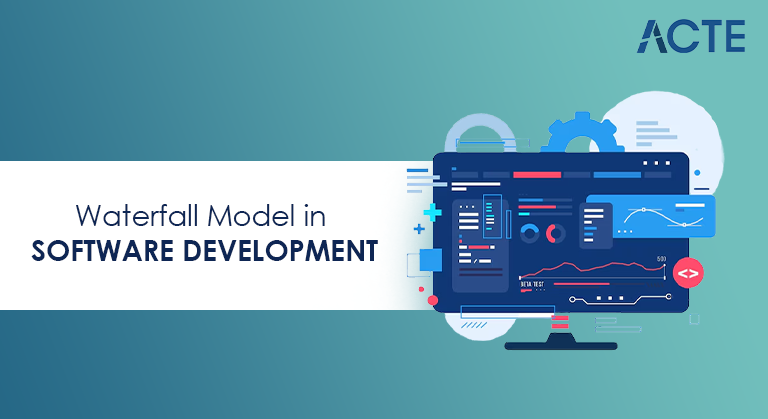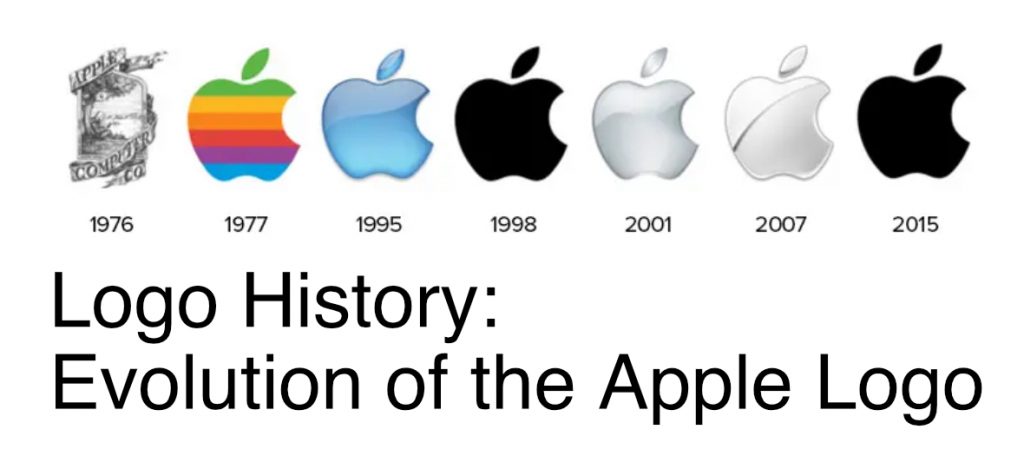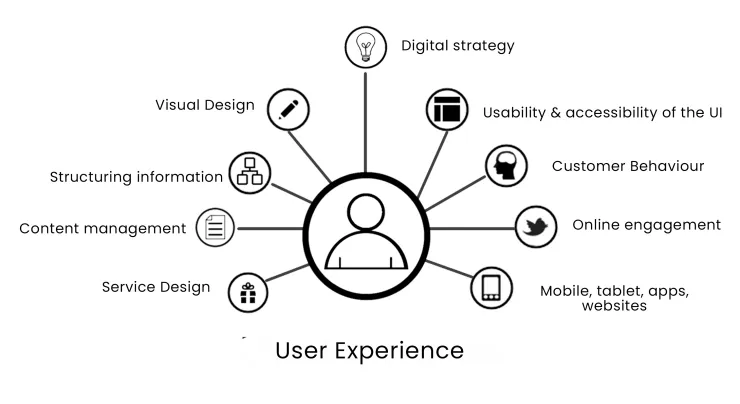
- Understanding iOS: The Heart of Apple’s Mobile Experience
- History and Evolution
- Features of iOS
- Architecture of iOS
- User Interface and Experience
- App Development on iOS
- Security and Privacy
- Integration with the Apple Ecosystem
- App Store and Ecosystem
- Updates and Support
- Advantages of iOS
- Conclusion
Understanding iOS: The Heart of Apple’s Mobile Experience
In the world of smartphones, one name always stands out: Apple’s iOS. It’s the core of every iPhone features and iPod Touch, providing the smooth, polished experience that users love. iOS isn’t just an operating system; it’s an ecosystem focused on simplicity, privacy, and performance. From making calls and browsing the web to editing videos and controlling smart devices, iOS updates powers every interaction on an Apple mobile OS device. Made solely for Apple hardware, iOS Training ensures smooth collaboration between hardware and software, which sets it apart from other systems like Android or Windows. If you’ve used an iPhone, you know how fluid, secure, and intuitive iOS is. This comes from years of innovation and improvement.
Interested in Obtaining Your Software Testing Certificate? View The Software Testing Training Course Offered By ACTE Right Now!
History and Evolution
The story of iOS updates began in 2007 when Apple launched the first iPhone. At that time, it was called “iPhone OS.” The first version introduced a multi-touch interface that changed how people interacted with their phones. Over the years, Apple ecosystem has released many versions, each improving speed, security, and usability. Here are some key milestones:

- iPhone OS 1 (2007): Introduced the revolutionary touch interface.
- iPhone OS 2 (2008): Brought the App Store, changing mobile OS software forever.
- iOS 4 (2010): Added multitasking and FaceTime.
- iOS 7 (2013): Major design overhaul with a flat interface and bright colors.
- iOS 11 (2017): Introduced ARKit for augmented reality.
- iOS 14 (2020): Added widgets, App Library, and better privacy settings.
- iOS 17 (2023): Improved personalization and communication tools.
Every version of iOS updates shows Apple’s commitment to making technology more user-friendly.
Features of iOS
What makes iOS stand out isn’t just its appearance; it’s the powerful features that come with it. Here are some core highlights:
- User-Friendly Interface: A clean design and logical navigation make it easy for anyone to use.
- App Store Access: Millions of quality-tested apps across every category imaginable.
- FaceTime and iMessage: Secure, built-in communication tools that work seamlessly.
- Multitasking: Run multiple apps efficiently without losing performance.
- Siri: Apple’s smart voice assistant that understands natural language.
- Privacy Controls: Features like App Tracking Transparency protect user privacy data.
- Continuity: Start an email on your iPhone features and finish it on your Mac or iPad easily.
Each new version of iOS improves these features of iOS while ensuring old iPhones remain relevant.
To Earn Your Software Testing Certification, Gain Insights From Leading Blockchain Experts And Advance Your Career With ACTE’s Software Testing Training Course Today!
Architecture of iOS
Beneath its sleek exterior, iOS has a layered structure that organizes how the system operates. Understanding these layers explains why iOS Training is so reliable and efficient.
- Core OS Layer: Manages low-level system services like memory management, file systems, and power management.
- Core Services Layer: Provides essential services such as networking, data, and location.
- Media Layer: Supports graphics, video, and audio that power everything from music apps to 3D games.
- Cocoa Touch Layer: This is what users interact with; it manages gestures, buttons, and app layouts.
Each layer works together smoothly, offering developers a solid foundation for building high-performance apps.
User Interface and Experience
One major reason people choose iPhones is the user privacy experience. iOS is built to feel natural; every swipe, tap, and animation is carefully crafted. Apple’s Human Interface Guidelines (HIG) ensure that apps look and act consistently. From rounded icons to smooth transitions, every visual detail is intentional. The UI design principles focus on:
- Clarity: Text is easy to read, icons are meaningful, and navigation is straightforward.
- Depth: Layers and motion create a sense of hierarchy and focus.
- Deference: Content, not controls, takes the spotlight.

These elements together make iOS one of the most visually appealing and user-friendly platforms available.
App Development on iOS
Each great iPhone features app relies on a developer using Apple’s robust tools. iOS app development centers around Swift and Objective-C programming languages. Developers use Xcode, Apple’s official Integrated Development Environment (IDE), to create, test, and debug apps. The App Store is the platform for distributing apps to millions of users worldwide.
- Swift Language: A fast, modern, and safe programming language.
- Interface Builder: A drag-and-drop tool to design app screens visually.
- Simulator: Test apps across various devices before launch.
- App Store Connect: Manage app submissions, updates, and analytics.
For anyone eager to dive into mobile OS app development, learning Swift and iOS app design opens up a vast market.
Security and Privacy
Apple’s security approach is a major reason iOS is trusted around the world. Unlike many open systems, benefits of iOS is tightly controlled, meaning harmful software rarely gets onto the platform.
- App Sandboxing: Prevents apps from accessing data from other apps.
- Face ID and Touch ID: Biometric authentication adds simplicity and safety.
- End-to-End Encryption: Protects iMessages and FaceTime calls from interception.
- Frequent Updates: Regular patches fix vulnerabilities quickly.
- App Review Process: Every app on the App Store goes through a strict screening process.
Apple ecosystem also emphasizes privacy; users control which data apps can access, and features of iOS like “App Tracking Transparency” ensure honesty in digital advertising.
Gain Your Master’s Certification in Software Testing by Enrolling in Our Software Testing Master Program Training Course.
Integration with the Apple Ecosystem
Apple’s security approach is a major reason iOS is trusted around the world. Unlike many benefits of iOS open systems, iOS is tightly controlled, meaning harmful software rarely gets onto the platform.
- App Sandboxing: Prevents apps from accessing data from other apps.
- Face ID and Touch ID: Biometric authentication adds simplicity and safety.
- End-to-End Encryption: Protects iMessages and FaceTime calls from interception.
- Frequent Updates: Regular patches fix vulnerabilities quickly.
- App Review Process: Every app on the App Store goes through a strict screening process.
Apple ecosystem also emphasizes privacy; users control which data apps can access, and features of iOS like “App Tracking Transparency” ensure honesty in digital advertising.
App Store and Ecosystem
Launched in 2008, the App Store changed the mobile software landscape. It gave developers a way to reach millions and provided users access to safe, high-quality apps.
- App Availability: Over 2 million apps across categories like entertainment, productivity, health, and education.
- Quality Standards: Apple ensures every app meets strict quality, privacy, and security guidelines before approval.
- Developer Economy: The App Store fosters a thriving developer ecosystem, with billions earned annually.
- Support Tools: Apple provides developers with tools, analytics, and global distribution capabilities.
- Monetization Options: Subscription models, in-app purchases, and ads make app development a profitable field.
The App Store continues to empower developers and deliver trusted, innovative apps to users worldwide.
Updates and Support
Apple’s consistent update strategy is a hallmark of iOS. Unlike Android, where updates rely on device makers, Apple manages both hardware and software, allowing quick rollouts worldwide. Every new iOS version brings the benefits of iOS exciting features of iOS and improves performance and security.
- Device Longevity: Even older models like the iPhone 8 still receive updates years after launch.
- Value Addition: Long-term support enhances the lifespan of Apple devices, giving users more value.
- Update Options: Users can install updates automatically or manually based on their preference.
- Transparency: Apple devices provides detailed release notes explaining every change in each update.
This seamless update strategy ensures that iOS devices remain secure, efficient, and up-to-date for years.
Advantages of iOS
iOS provides many benefits of iOS that attract millions of users worldwide. Here are some major advantages:
- Seamless Performance: Since Apple controls both software and hardware, iOS runs smoothly without compatibility problems.
- Security and Privacy: Strong encryption, secure app sandboxing, and strict App Store rules make iOS one of the safest mobile platforms.
- Regular Updates: Apple’s timely updates ensure users have access to the latest features of iOS and fixes.
- App Quality: Developers must meet Apple’s standards, resulting in fewer crashes and better apps.
- Ecosystem Integration: Whether using an iPhone, Mac, or Apple Watch, everything syncs perfectly.
- Resale Value: iPhones keep a higher resale value due to consistent performance and longevity.
- Accessibility features of iOS: Tools like VoiceOver and Magnifier make iOS accessible to all users.
These benefits of iOS create a loyal user privacy base that continues to grow.
Conclusion
iOS is more than just an operating system; it’s a symbol of innovation, reliability, and quality. Since it launched, Apple has changed what mobile technology can do, combining design, security, and performance into one powerful platform. Whether you’re a developer wanting to create apps, a tech enthusiast, or simply a fan of your iPhone, knowing about iOS helps you appreciate the smooth experience it offers. With each new release, Apple continues to push boundaries, improving personalization, privacy, and performance. The future of iOS Training promises deeper AI integration, smarter automation, and even tighter connections within the ecosystem.




